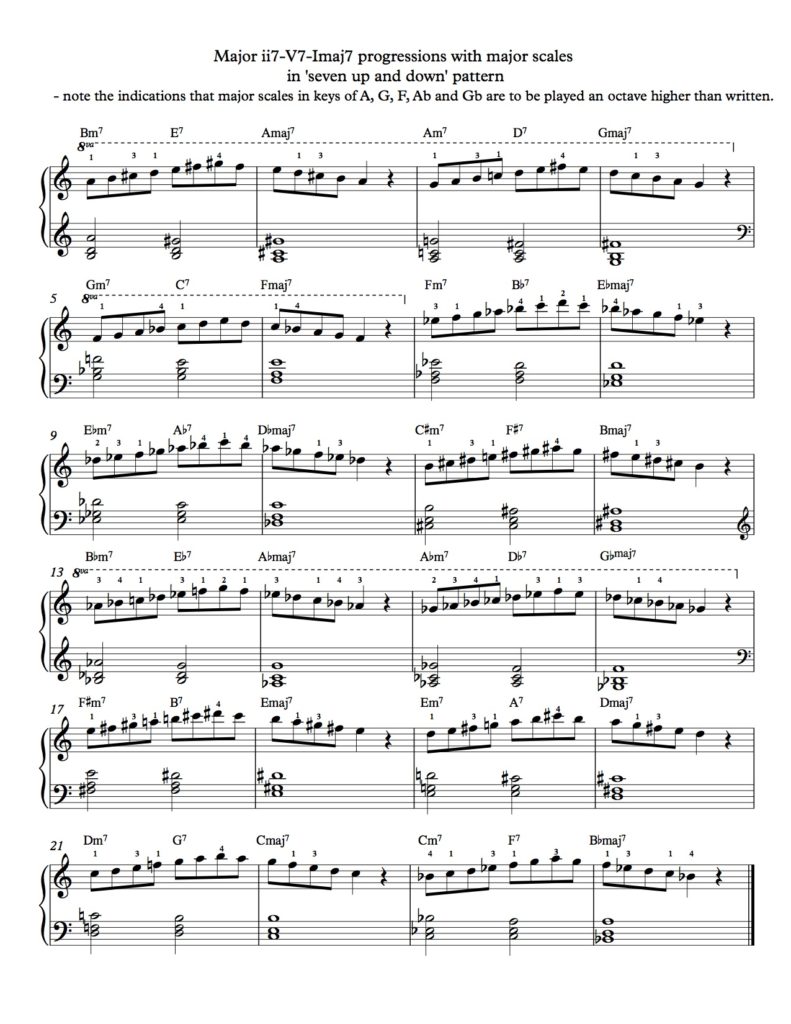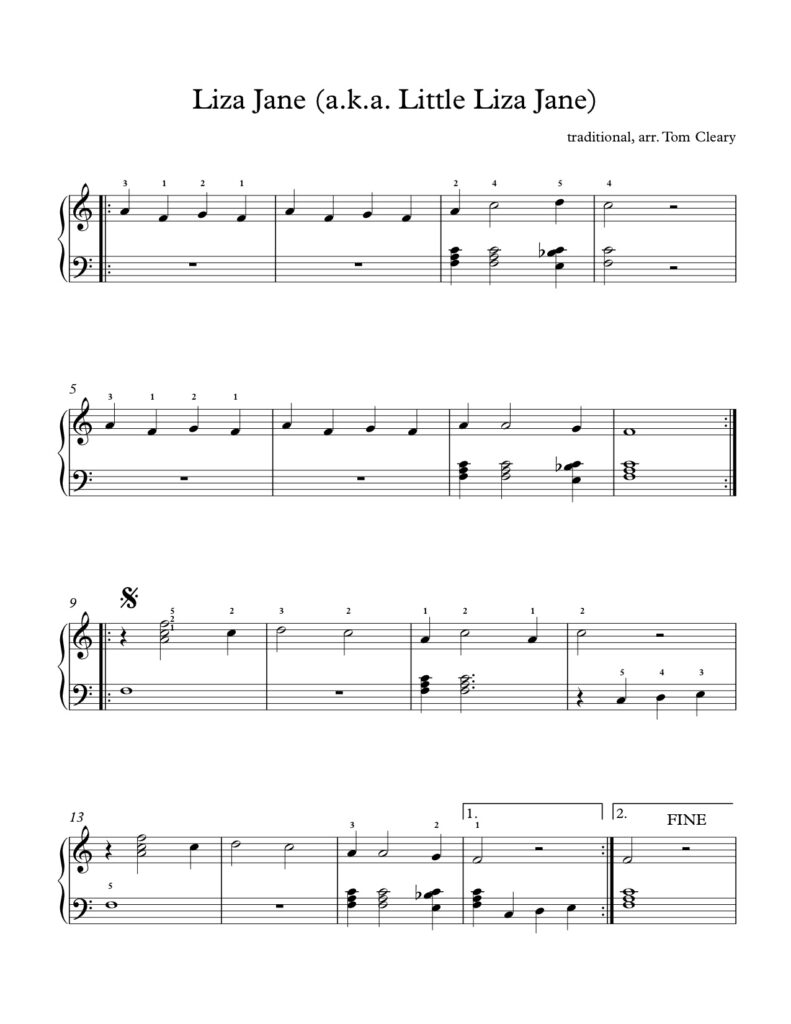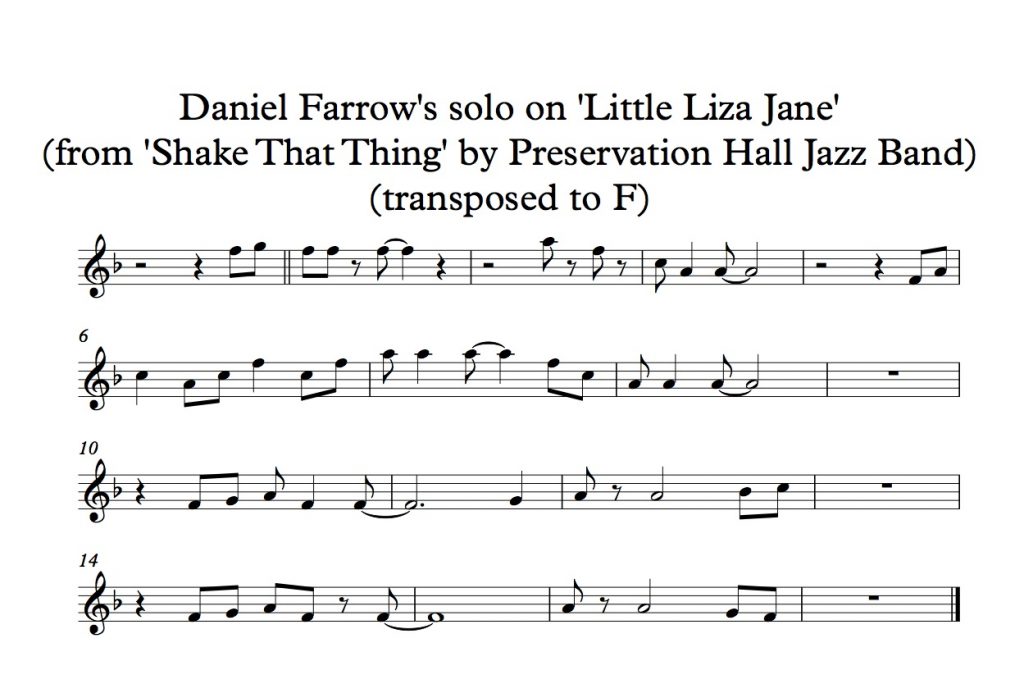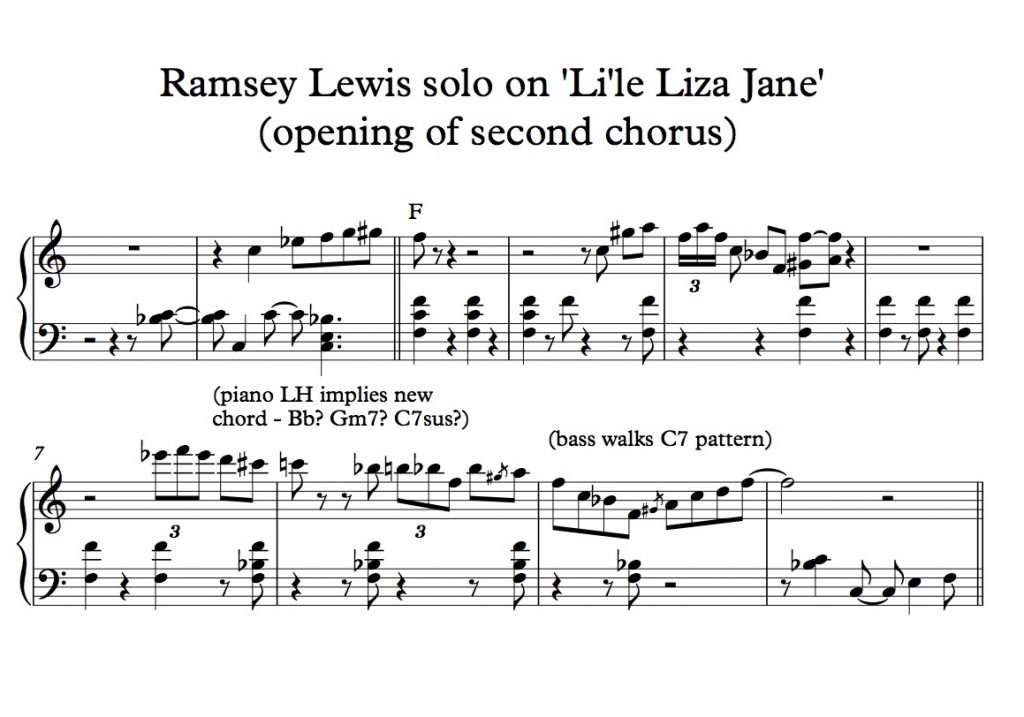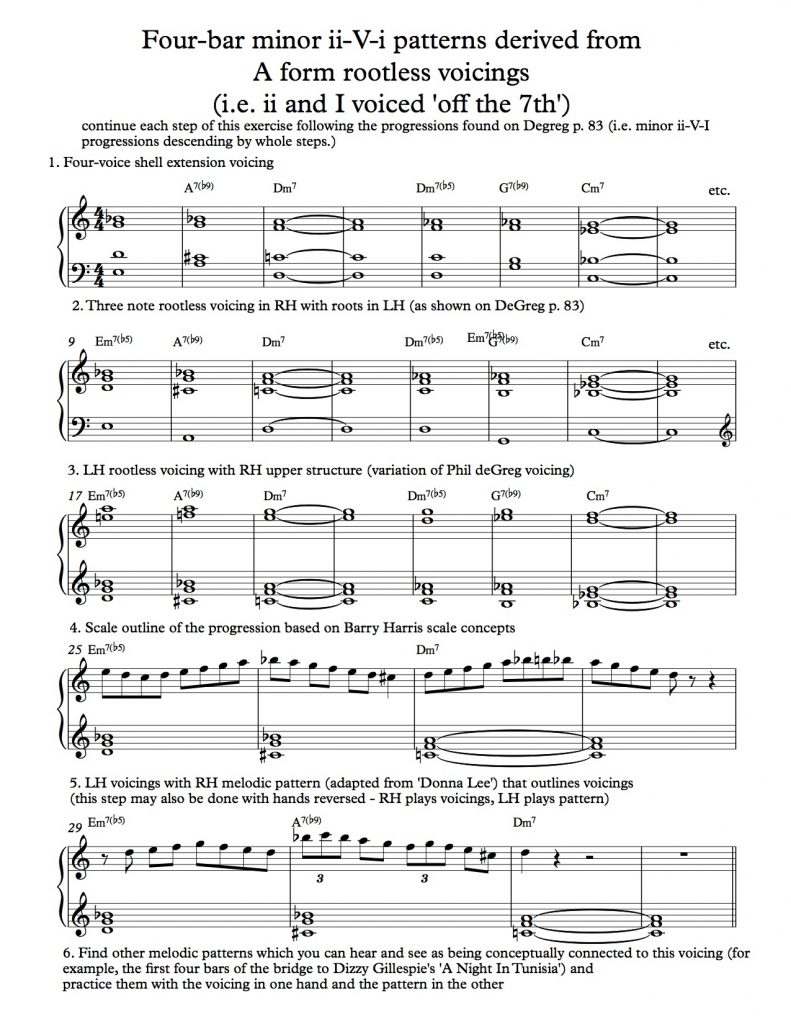This is the text of a talk I gave on January 21st, 2018 at All Souls Interfaith Gathering’s Music and Spirit service. The service also included performances of the music discussed in the talk.
In an issue published in late November 2016, the New Yorker magazine featured a series of essays by a range of writers and thinkers on the recent presidential elections and the feeling of hopelessness that they brought to many Americans. The contribution by the writer Junot Diaz was an essay titled ‘Under President Trump, Radical Hope Is Our Best Weapon.’ In the essay, Diaz wrote that hope is ‘not so much something you have, but something you practice.’ Diaz acknowledged that one his sources for this idea is work of the philosopher Jonathan Lear and his book Radical Hope: Ethics in the Face of Cultural Devastation. In the book, Lear refers to the experiences of the Native American Crow nation after they were confined to a reservation, and writes that they had to ‘imagine for themselves a very different future than the one that was their current reality.’ Lear defines radical hope as being ‘directed toward a future goodness that transcends the current ability to understand what it is.’ This kind of hope, Lear says, is fueled by ‘imaginative excellence’.
Lear spends much of Radical Hope reflecting on the life and sayings of Plenty Coups, the last great chief of the Native American Crow nation, who lived from 1848 to 1932. Lear’s reflections draw on an account of the chief by a Montana ‘trapper, hunter and cowboy’ named Frank Linderman, who spent time with the chief in the late 19th century. In Linderman’s account, Plenty Coups gives the following description of the time when the Crow were confined to a reservation: “ ‘when the buffalo went away, the hearts of my people fell to the ground, and they could not lift them up again. After this, nothing happened. There was little singing anywhere. Besides,’ he added sorrowfully, ‘you know that part of my life as well as I do.‘ “
Lear notes that at first, this quote seems to imply that the reservation was a place where the Crow people lost all sense of selfhood and even all sense of time moving forward. He also notes that the Crow were no strangers to the threat of cultural devastation, as they were confined by the U.S. government to an increasingly small geographic area after having lived under the constant threat of being conquered by their traditional enemies, the Sioux nation. Lear notes with particular interest that the chief describes early reservation years as the period when ‘nothing happened’, and yet, during this time, ‘there was a kind of enthusiasm in [the chief’s] activity that belies this interpretation.’ During the time that the Crow were first confined to the reservation, Plenty Coups ‘avidly took up farming life’, defended the rights of the Crow during several trips to Washington, donated his own home to a state park as a monument and ‘encouraged young Crow to be open to the white man’s education and even their religion.’
For the chief to have led such an active life during a period when his people were under the threat of cultural devastation is a phenomenon Lear describes as ‘radical hope’. Plenty Coups’ activity during his people’s time of confinement re-imagined his own culture’s definition of courage. Lear’s research indicated that the Crow’s definition of courage had previously centered on various battle rituals they used to defend their land, such as the the ‘coup stick’ which a Crow warrior used to define his territory before engaging with a warrior from another tribe. In Lear’s analysis, Plenty Coups widened his culture’s definition of courage to include acts in the arenas of politics, modern agriculture and cross-cultural dialogue. This new definition abandoned the struggle to return to an idealized past, and instead chose to work toward a future that could not yet be fully comprehended. It is significant that many of the acts with which Lear says the chief redefined courage showed an acute concern for the well-being of future generations.
Lear explains that Plenty Coups’ radical hope originated in a dream he had at the age of nine. As a young boy, the future chief dreamed that he was accompanied by a buffalo who changed into a man, and with whom he watched ‘bulls and cows and calves without number’ scatter across the plains.’ His companion in the dream then pointed out ‘the lodge of the Chickadee’ and advised him on how to be a ‘Chickadee-person’. (Lear also adds that the Chickadee has great significance for the Crow people, as many of them claim to have heard messages from the bird.) The chief’s dream companion explained that a ‘Chickadee person’ ‘never intrudes, never speaks in strange company, and yet never misses a chance to learn from others. He gains successes and avoids failure by learning how others succeeded or failed.’ Lear writes that while some dreams can be a denial of reality, the chief’s boyhood dream was the kind which responds to reality by expressing communal anxiety and communal wishes. ‘The radical hope that Plenty Coups‘ dream generated.’ Lear writes, ‘was itself a manifestation of imaginative excellence. It enabled the tribe to face its future courageously – at a time when the traditional understanding of courage was becoming unlivable.‘
Lear’s reflections on Plenty Coups‘ life and thinking bring to mind a number of pieces of music from the jazz tradition which, for me, embody the concept of radical hope. As I write this close to Martin Luther King Day, I think first of all of two pieces, ‘Alabama’ by John Coltrane and ‘I Have A Dream’ by Herbie Hancock. In these two pieces, the composers reacted to catastrophic events by finding the music in King’s words, and in the process also moved beyond their typical range of musical influences. I also find the concept of radical hope embodied in the song ‘I Wish I Knew How It Would Feel To Be Free’, a composition by jazz pianist Billy Taylor which became an anthem in the Civil Rights movement of the 1960s and was by some accounts a favorite song of Dr. King’s.
On Sept. 15th, 1963, four young girls were killed when the 16th Street Baptist Church in Birmingham, Alabama was bombed by members of the Ku Klux Klan. At a funeral for three of the four girls, Dr. Martin Luther King gave a eulogy which is now acknowledged to be a turning point in the civil rights movement. Both the text and the audio of King’s eulogy are available online. After a shamefully long interval, one suspect in the bombing was finally convicted in 1977. Two more suspects were brought to justice in 2001 and 2002 by attorney Doug Jones, who recently became Alabama’s newest Senator. At the time of the bombings, saxophonist and composer John Coltrane was of course cognizant of the events as a native of a Southern state and a socially conscious individual. Where I believe Coltrane showed what Lear would call ‘imaginative excellence’ was in the way he responded to this tragic event by widening the compass of his musical thinking.
In 1963, Coltrane was still riding the wave of popularity that had begun with his 1961 recording of ‘My Favorite Things’. From the beginning of his career as a bandleader, Coltrane drew his musical repertoire from sources typical for jazz players: compositions by the major figures in the jazz and popular song worlds (such as the Richard Rodgers tune which he so powerfully reshaped.) To these tunes Coltrane gradually began to add compositions of his own, some of which were re-workings of tunes he had played in his career as a sideman, like ‘Impressions‘ (based on Miles Davis’ ‘So What’) and ‘Countdown’ (based on Eddie Vinson’s ‘Tune Up’.) Coltrane had also begun to explore world music on recordings such as Africa/Brass. For me, all these examples suggest that up until the early 1960s, the most evident sources of inspiration for Coltrane’s work had come from inside the world of music and musicians.
In the liner notes to one of his best known works, the 1964 album ‘A Love Supreme’, Coltrane described a major life change he had undergone some years earlier. ‘During the year 1957,’ he wrote, ‘I experienced, by the grace of God, a spiritual awakening which was to lead me to a richer, fuller, more productive life. At that time, in gratitude, I humbly asked to be given the means and privilege to make others happy through music. I feel this has been granted through His grace. ALL PRAISE TO GOD.’
Just as Lear theorizes that it was the great Crow chief’s vision as a young boy which made it possible for him to respond to his tribe’s catastrophic displacement with courageous acts of radical hope, it seems possible that Coltrane’s spiritual awakening laid the groundwork for his piece ‘Alabama’, in which he was able to respond ingeniously to the Birmingham catastrophe by drawing on a source of inspiration quite different from those he had pursued up to that time. The recent documentary ‘Chasing Trane’ claims Coltrane told pianist McCoy Tyner that the melodic line of ‘Alabama’ is a musical interpretation of Dr. King’s eulogy. Scholars of Coltrane’s music are divided on whether the connection between Coltrane’s notes and King’s words is abstract or literal. One radio documentary, ‘Tell Me How Long Trane’s Been Gone’, goes as far as to superimpose excerpts from King’s speech over Coltrane’s saxophone playing.
The documentary (viewed together with the lyrics displayed in the YouTube video accompanying it) suggests that there is a close parallel in the opening of Coltrane’s melodic line to a sentence found near the beginning of King’s eulogy: ‘These children, unoffending, innocent and beautiful, were the victims of one of the most vicious and tragic crimes ever perpetrated against humanity.” The documentary also suggests that Coltrane makes a more abstract musical translation of the following excerpts from King’s text: “And so, my friends, they did not die in vain. God still has a way of wringing good out of evil…The death of these children may lead our whole Southland from the low road of man’s inhumanity to man to the high road of peace and brotherhood…” King closes by saying: “as I stand over the remains of these beautiful, darling girls I paraphrase the words of Shakespeare ‘good night, sweet princesses, good night, those who symbolize a new day…may the flight of angels take thee to thy eternal rest.” The documentary suggests another literal connection between this last phrase of King’s and a repeated motive in Coltrane’s piece. I also hear an echo of ‘good night, sweet princesses, good night’ in Coltrane’s closing section.
In his memoir ‘Possibilities’, pianist and composer Herbie Hancock writes: ‘Like most black Americans, I was shattered by the assassination of Martin Luther King, Jr. in April of 1968 and Bobby Kennedy two months later…Yet although I’d been emotionally involved in the civil rights movement, until now I’d never made any overt moves to get involved in it.’ He then goes on to explain that ‘most of the songs’ on his album The Prisoner, recorded a year after King’s death, ‘were about Martin Luther King Jr.’
For me, Hancock’s composition ‘I Have A Dream’, the first track on The Prisoner, is a musical parallel to Junot Diaz’ idea of hope being ‘not something you have, but something you practice.‘ Rather than set King’s iconic phrase ‘I have a dream today!’ with just one set of notes and harmonies, Hancock uses it as the basis of what music theorists call a development section, where the initial six-note motive is not repeated exactly but transformed musically in a number of different ways. The resulting musical journey suggests to me that a truly hopeful person does not simply repeat an idea (like the baby bird in the children’s book ‘Are You My Mother?’), but carries that idea into many different contexts where it undergoes fundamental change and yet maintains its essential structure. It is also significant that Hancock eulogizes King not with a harmonious anthem, but with a piece that alternates sections of placid yet unsettled harmony with more dissonant sections, a vivid portrayal of the tumultuous period that followed King’s death.
In contrast to the ‘Alabama’ and ‘I Have A Dream’, both of which are text-driven instrumental pieces, Billy Taylor’s composition ‘I Wish I Knew How It Would Feel To Be Free’ was first recorded by Taylor in 1964 as a funky, uptempo instrumental piece, but had its greatest impact four years later when it was recorded by Nina Simone, who sang the lyrics by Taylor and Dick Dallas. Simone often performed the tune live, including in a spellbinding version from the 1976 Montreux Jazz Festival which showcases her underappreciated piano chops; I’m also a fan of this version by Taylor with his trio in the 1980s. In an interview with journalist Marc Myers, Taylor mentioned that his daughter ‘came home from school one day singing a spiritual. But she didn’t really know what it was and didn’t have the proper feel behind it.’ Taylor told his daughter: ” ‘Kim, this is a part of your heritage. You can’t be singing a spiritual like that. You have to have more feeling.. I sat down at the piano and said, ‘The spiritual is so much a part of our tradition that I can sit here and make one up on the spot.”
Taylor told Myers that the title came from the melody, because he thought lyrically when composing, but he also describes the tune as ‘taking fifteen minutes to write and a year and a co-writer to finish.’ This was because, as Taylor says, ‘I struggled with the lyrics… My words weren’t saying what I wanted the song to say. Dick helped me finish the lyrics.’
Taylor and Dallas’ lyrics provide a concise and powerful description of a radical hope which is, as Jonathan Lear puts it, ‘directed toward a future goodness that transcends the current ability to understand what it is.’ They do not say simply ‘I Wish I Felt Free’. They do not convey the sense of certainty found in songs like ‘Down By The Riverside’ or ‘When The Saints Go Marching In’ that the stated goals, the laying down of swords and shields, the joining of the heavenly band, will definitely come to pass in some yet-to-be-revealed way. One wonders if this was the kind of simplicity that Taylor heard in his daughter’s after-school spiritual and sought to remedy with his own tune. He told Myers: ‘Spirituals suggest things about who we are and what we’re about and what we long for.‘ I read this as Taylor stating the values he thought spirituals ought to convey. I would argue that in this quote Taylor is rejecting the idea that spirituals can do more than simply project ancient scriptural imagery into an idealized future: they can and should also speak about the identity and aspirations of living people and their struggles in the present moment, as his song certainly did in the 1960s and still does today.
Taylor’s tune has become a standard, interpreted recently by artists including the Tedeschi/Trucks Band and John Legend. Dallas and Taylor’s choice of the word ‘would’ – ‘I Wish I Knew How It Would Feel’ – implies, to my ear, an admission which is unusual in the world of hymn texts: that the goals being stated are far from being achieved. When the lyrics are combined with Taylor’s triumphant and swinging music, however, the overall message of the song goes beyond simply acknowledging unrealized potential. It does not merely evoke future possibilities in a symbolic way, it states that there is a future goodness that transcends our current ability to understand what it is, if only we can find the means, the bridges, the portals, the teachable moments that will make that possible goodness a reality.
